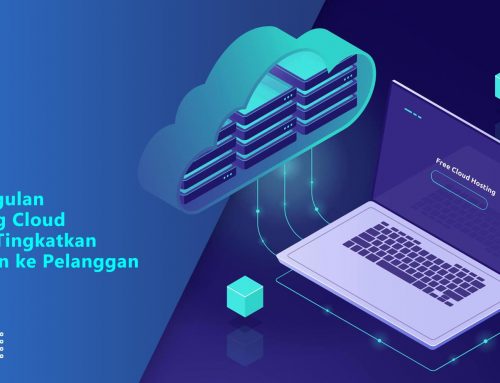Data mining is another term that’s popular in today’s ever-evolving technological progress that changes how a business operates. By definition, the words refer to the use of diverse methods to obtain information on anomaly discovery, pattern and correlation within large data sets to project results.
Data mining firstly emerges in the 1990s that gets supports from statistics, artificial intelligence and machine learning. Statistics mean the numeric study of data connections. Artificial intelligence refers to software and/or machine that showcases human-like intelligence. Machine learning means algorithms that produce data for making projections.
The technology of data mining evolves to catch up with the limitless potential of big data and affordable computing power. It becomes more important as today’s Internet produce an unprecedented number of data. It replaces the traditional computing technique for analysing data sets that are complex and irregular.
Functions of data mining
Using data mining enables you to filter unpatterned and repetitive noise in your data. The technology further allows you to comprehend which data that are relevant then utilize it. As the data accumulates, the technology cuts the amount of time to process it.
Applying data mining technique doesn’t all about extracting important data from the large chunks of data volume. The model is equipped with a real-time analysis that will produce business insights with future spectrum on the mind.
Also read: Selecting the proper cloud solutions for your business
Users of data mining
Communication
You can find the technique is useful in the communication industry. Multimedia and telecommunications firms utilize analytic models to read, study consumers data then conclude consumer behaviour. This becomes the benchmark for creating on-target business campaigns.
Insurance
The technique can benefit insurance companies for pricing products more effectively across business lines and formulating products that better match the needs of the existing customer base.
Education
Educational institutions can utilize the method for analysing student progress through data. The result will set a benchmark to project their performances before coming into the classrooms. Teachers can make use of it for formulating teaching strategies and giving extra attention to certain students.
Types of Data Mining
There are three types of data mining; descriptive, predictive and prescriptive modelling. Descriptive modelling reads shared similarities or groupings in historical data to extract causes of success or failure. Predictive modelling helps to categorize events in the future and produce business insights. Lastly, prescriptive modelling helps to study and change unstructured data as in comment fields and web, into predictive statements for better projection accuracy.







Leave A Comment